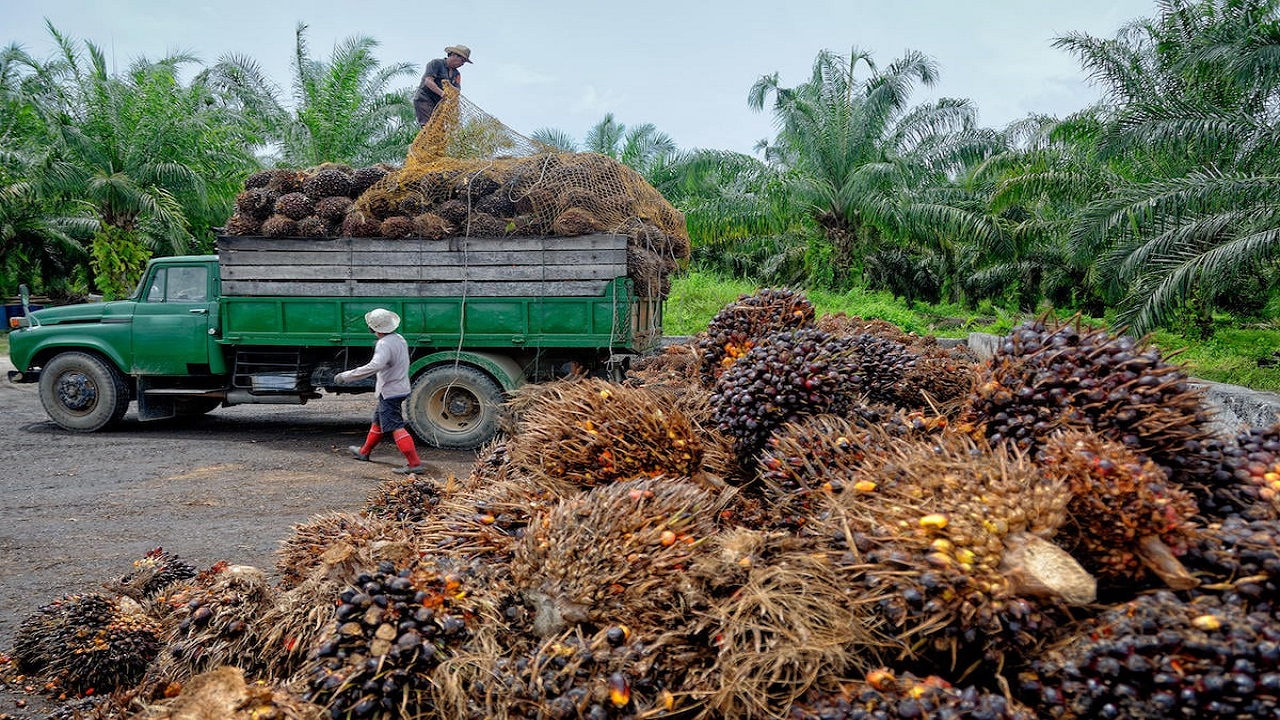India’s Palm Oil Expansion: Largest Importer of Malaysian Palm Seeds
Context:
India is one of the largest consumers of edible oil in the world, with a major portion of its demand met through imports. To address this dependency, the government has initiated the National Mission on Edible Oils–Oil Palm (NMEO-OP) aiming to boost domestic palm oil production. In this background, India's strategic engagement with Malaysia, a leading palm oil producer, has intensified, particularly in importing germinated oil palm seeds.
Introduction:
India has recently emerged as Malaysia’s largest importer of germinated oil palm seeds, aligning with its national goal to expand oil palm cultivation and reduce edible oil import dependency. This marks a significant development in India's agro-economic strategy and reflects the strengthening of India-Malaysia agricultural cooperation.
India-Malaysia Palm Oil Trade:
India imported 3.03 million tonnes of palm oil from Malaysia in 2024, accounting for 17.9% of Malaysia’s total palm oil exports
India has become the top destination for Malaysian palm oil and the largest importer of germinated oil palm seeds
This surge supports India’s aim to increase palm oil cultivation under the National Mission on Edible Oils–Oil Palm
Objectives of India’s Palm Oil Strategy:
Target to expand oil palm cultivation to 10 lakh hectares by 2025-26 (from 3.7 lakh ha in mid-2025)
Aim to produce 2.8 million tonnes of crude palm oil (CPO) annually by 2029-30
Focus regions include the Northeastern states and island territories due to their tropical climate suitability
Under the scheme, targeted FFB (fresh fruit bunches) production is 66 lakh tonnes
Palm Oil – Global and National Significance:
Palm oil is the world’s most consumed vegetable oil
Top global consumers include India, China, and the European Union
Palm oil is widely used in the manufacture of detergents, plastics, cosmetics, and biofuels
India's increasing demand makes palm oil a vital component in its food and industrial sectors
Characteristics of Oil Palm:
Botanical family – Arecaceae
Life span – 25 to over 30 years with improved varieties
Growth – Erect, slender-stemmed palm reaching 10–15 metres in height (up to 30 m in some cases)
Prefers tropical climate and adequate rainfall, suitable for several Indian states
Malaysian commercial seed varieties are compatible with Indian agro-climatic conditions with proper irrigation and practices
Malaysia’s Technological Contribution:
Malaysian Palm Oil Board (MPOB) has developed high-yield palm varieties through selective breeding
New varieties yield over 30 tonnes of fresh fruit bunches per hectare annually, nearly double the national average of 15.47–16.73 tonnes/ha (2020–2023)
Improved varieties have slower height growth, making harvesting easier and extending economic life to 30+ years
Malaysia promotes sustainably certified palm oil through the Malaysian Sustainable Palm Oil (MSPO) certification
National Mission on Edible Oils–Oil Palm (NMEO-OP):
Launched to enhance edible oilseed production and reduce import dependency
Aims to increase oil palm area and boost CPO production
Current area under cultivation (2025) – 3.7 lakh hectares
Target by 2025-26 – 10 lakh hectares, including 3.22 lakh ha in general states and 3.28 lakh ha in Northeastern states
Focused efforts in capacity building, seed distribution, R&D, and supportive infrastructure
Conclusion:
India’s emergence as the largest importer of germinated oil palm seeds from Malaysia signifies a major policy shift towards self-sufficiency in edible oils. With technological collaboration from Malaysia and strategic execution of the NMEO-OP, India is moving steadily towards enhancing domestic palm oil production, reducing its import burden, and promoting sustainable agricultural growth. This development also reflects the growing importance of agri-diplomacy and south-south cooperation in addressing national food security challenges.




Comments (0)